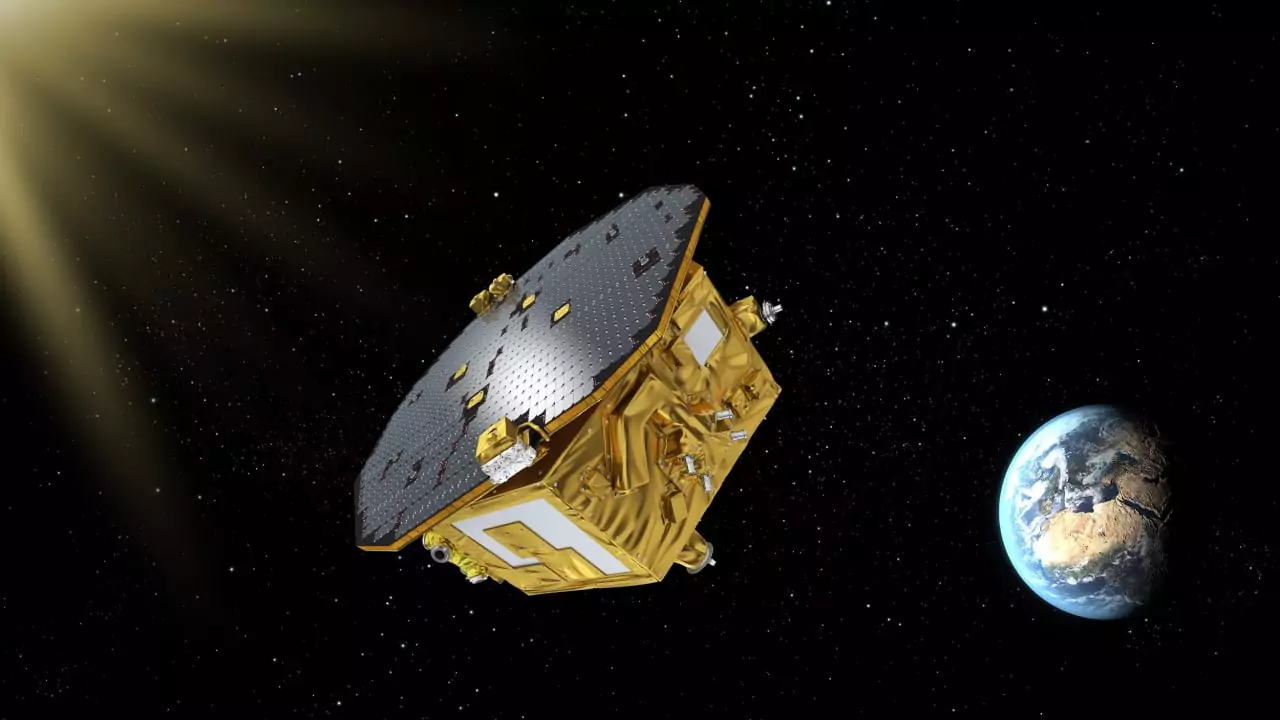More and more complex molecules are found in meteorites that have fallen to Earth. And now a new study by Japanese scientists reports that all the key «letters» of the genetic alphabet, DNA and RNA have been found in the heavenly stones. But what is the genetic alphabet? These are adenine, guanine, cytosine, thymine and uracil — in combination with sugars and phosphates.
Here’s what scientists say:
«The presence of five basic nitrogenous bases in meteorites indicates the origin of genetic codes before the emergence of life on the early Earth,» says the study’s lead author Yasuhiro Oba, an astrochemist at Hokkaido University in Japan.
In other words, the «bricks» for life did not just arrive from space to Earth, as they were cautiously said earlier. And not even individual letters of the «alphabet». Everything is much more serious: already in space, «words» were composed of «letters». This means that what we are, why we have two legs, two arms, and a smart head, was decided not on Earth, but still THERE. But where exactly?
Most likely, it was when there was not even the Sun yet. In the cold molecular clouds that filled the early empty universe. It was there that, under the influence of the light of the first generation of stars, chemical processes began to occur on dust particles, creating the structure of life on the yet unformed Earth. Then the Sun concentrated from the same dust. It caught fire due to thermonuclear reactions. From the remnants that did not fit on the Sun – planets. They also became incandescent under the influence of the energy of radioactive decay. What kind of life is there, lava and volcanoes everywhere. But then the Earth cooled down, and meteorites rained down on it. With a ready-made «alphabet» of life.
